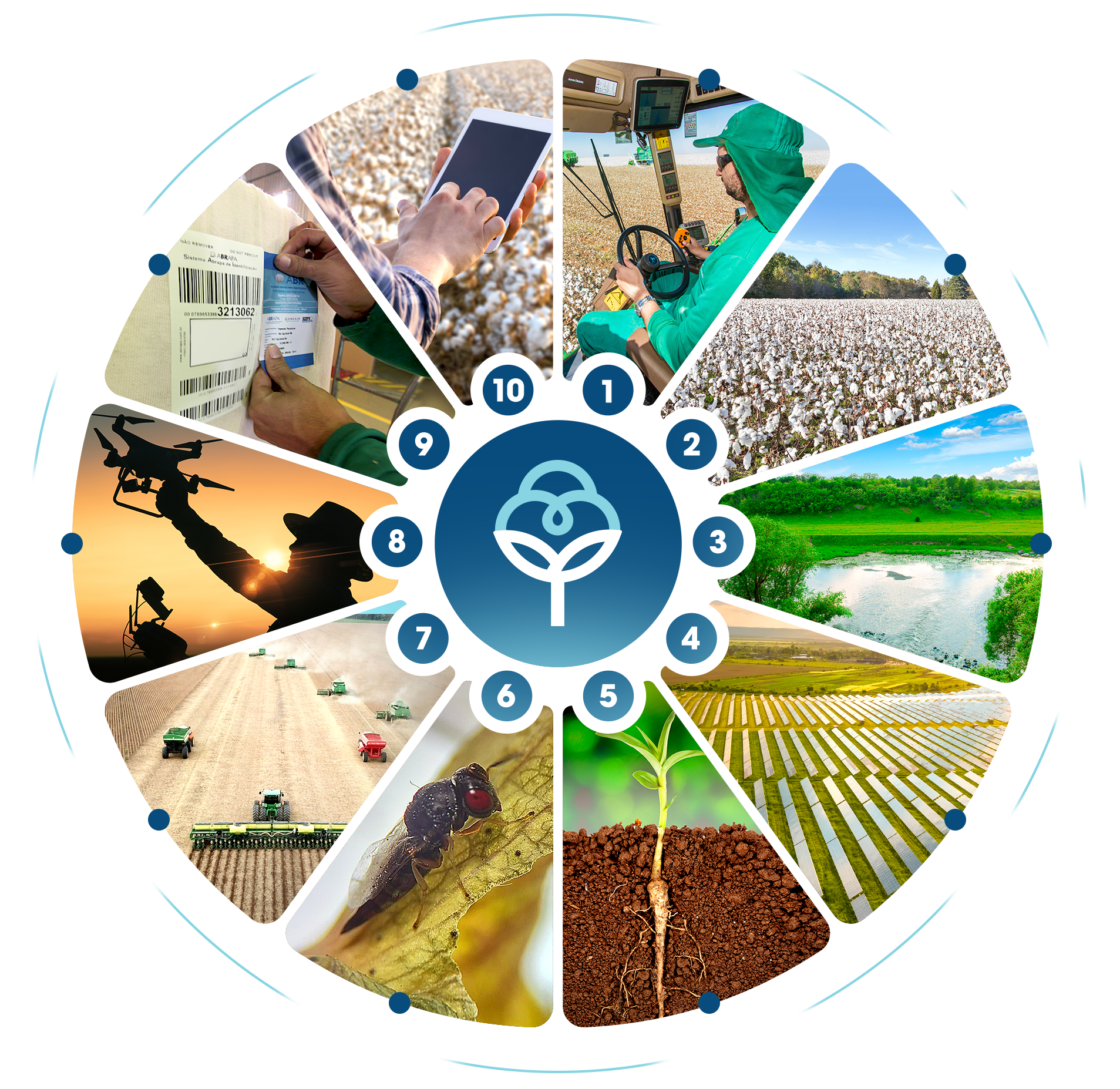sustainability

verified/certified production

In addition to only 8% of the Brazilian fiber being cultivated using irrigation, there are projects for regional conservation of water resources - protection, preservation and recovery of riverheads, studies on silting up and contamination by chemicals – and specifics actions with the study’s results. Ex.: Project: recovery of river springs by rural producers.
clean energy

Brazil's electricity matrix is based in renewable sources. In 2020, renewable energy supplied 85% of the electricity sector demand and it is expected to reach 88% by 2030. This contributes to reduce the carbon footprint of the cotton supply chain in Brazil.
Integrated Pest Management (IPM)

Encouraging the use of biological pest and diseases control. The objective is to replace part of the chemical pesticides used. Other promoted techniques include: free-host period, biotechnology, mandatory crop calendar, biopesticides, insect traps and scouting, etc.
land use efficiency

In Brazil, cotton is produced mostly as a second crop. This is called “double cropping system” and means that once the raining season starts (Sep-Oct) farmers plant soybeans and only after the soybean harvest (Jan-Feb), cotton is seeded. 63% of all cotton production in Brazil is grown as a second crop. In other words, more than 1 million hectares of land are being spared, reducing land use change pressure and maximizing food and fiber production per hectare.
smart farming

Brazilian farmers are known for the high level of technology adoption in their farms. Smart and digital farming tools have been largely used in order to increase operational efficiency and reduce input use.
transparency & traceability

Each cotton bale produced in the country has a bale identification number that can be used to trace the bale back to the farm, farmer and cotton gin, using an online database. Abrapa has invested to bring certification and traceability with large financial investments.
soil protection

Encouraging the use of soil conservationist practices. Cover cropping, no-tillage and reduced tillage are widespread practices among Brazilian cotton growers. In combination with cover crops and crop rotation, these practices improve soil health and contribute to reducing GHG emissions.
Water Conservation

In addition to only 8% of the Brazilian fiber being cultivated using irrigation, there are projects for regional conservation of water resources - protection, preservation, and recovery of riverheads, studies on silting up and contamination by chemicals – and specific actions with the study’s results. Example: Project for recovery of river springs by rural producers.
environmental conservation

Regularization of environmental conservation areas, in line with the Brazilian Forest code, in all farms; Depending on where a farm is located, between 20% and 80% of the native vegetation of each farm must be preserved by the farmer as well as riparian forests along rivers and streams. Farmers are also engaged in the prevention of farm and wildfires, through the implementation of on farm fire brigades.
worker’s & farmer’s safety and wellbeing

Effective reduction of workers accidents due to the training actions implemented by the certification; Improvement of well-being and health of farmers and farm workers; Farm workers are also trained on the correct use of personal protective equipment (PPE) and other safety measures when handling crop protection products and farm equipment.
the largest producer of BCI cotton in the world
World leader in sustainable cotton production and licensed by the Better Cotton Initiative (BCI), Brazil responsible for more than 1/3 of the world production approved by the Swiss NGO. The country has ranked number one in the world since 2013.
In the Brazilian protocol, 183 certification items are required by the country’s labor and environmental legislation, which is considered to be one of the most complete and rigid in the world.
Responsible Brazilian Cotton Program (ABR)
Created by Abrapa, the ABR program certifies farms that are committed to a strict protocol of good agricultural, environmental, social, and economic practices. The program has operated in tandem with the BCI since 2013, with both programs using unified protocols.
timeline
2005 |
|
Regional initiative in the state of Mato Grosso |
2009 |
|
Certification program is implemented across the country |
2012 |
|
Creation of a single protocol for the country (ABR – Responsible Brazilian Cotton) |
2013 |
|
ABR unifies programs with the Better Cotton Initiative (BCI) |
2020 |
|
Launch of the ABR-UBA program (Responsible Brazilian Cotton – Cotton Ginning Plant) |
today |
|
Record volume of certified cotton at 3 million tons |
sustainability pillars
Buying Brazilian cotton means collaborating for a fairer and more balanced system of relationships between man, the economy and the environment. The ABR certification ensures respect for three essential pillars of sustainability:
environmental |
Brazilian cotton preserves the environment: it does not contribute to deforestion, it promotes good agricultural practices and has an effective program for the intelligent use of water. |
social |
Production respects any and all systems involving companies and institutions, working for dignified and bilateral relations between all parties. Employees are valued and slave and child labor are fiercely fought. |
economic |
Production promotes fair economic practices and contributes to the development of its market ecosystem and of the country. |
Under these pillars, eight evaluation criteria have been established:
employment contract
ban on child labor
ban on slave/slave-like work or work performed in degrading or undignified conditions
freedom to unionize
ban on discrimination
safety, occupational health, and the work environment
environmental performance
good agricultural practices
Criteria 2 and 3 entail mandatory compliance.
What does sustainable Brazilian cotton deliver?
| 92% does not use irrigation, grows on rainwater alone. | |
| 1st in yield without irrigation in the world. | |
| varied production matrix There is no monoculture. Cotton producers also grow soybeans, corn, millet, sorghum and other crops. |
|
| More than 80% of the Brazilian cotton production is certified with the best sustainability practices. | |
| development and social transformation in communities In 20 years, producing regions have moved from the very low to the high end of the MHDI range (Municipal Human Development Index). Comparative examples: Nova Mutum (Mato Grosso) jumped from 0.432 to 0.758, and Barreiras (Bahia) from 0.408 to 0.721 between 1991 and 2010. |
certification
Certification is the result of three main steps:
- diagnosis of the production unit,
- correction of possible non-compliances and
- auditing. Farms and ginning plants are visited individually by third-party auditors* internationally recognized, every year.
The ABR, like the BCI, is based on the continuous improvement of good social, environmental, and economic practices in cotton production units.
* Certifying bodies licensed by Abrapa in the 2021/2022 crop: ABNT (Brazilian Association of Technical Standards), Bureau Veritas and GenesisGroup Certifications.








